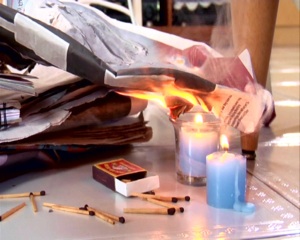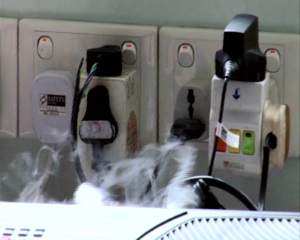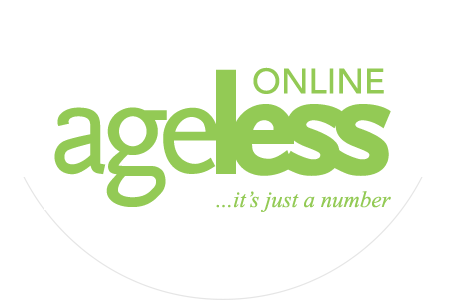Fire-proof your home
What you need to know to help you prevent a fire in your home.
 Fire outbreaks in residential premises decreased by eight percent from 3,549 in 2009 to 3,267 in 2010, according to the Singapore Civil Defence Force (SCDF) Annual Report 2011. The three main types of residential fires included: Rubbish chute fires, discarded items’ fires (at common spaces such as corridors, lift lobbies, staircases and void decks) and unattended cooking fires.
Fire outbreaks in residential premises decreased by eight percent from 3,549 in 2009 to 3,267 in 2010, according to the Singapore Civil Defence Force (SCDF) Annual Report 2011. The three main types of residential fires included: Rubbish chute fires, discarded items’ fires (at common spaces such as corridors, lift lobbies, staircases and void decks) and unattended cooking fires.
So what can you do to avoid a fire in your home? Here are some fire safety tips from SCDF:
- Do not leave cooking unattended – turn off all cooking appliances and unplug them when not in use.
- Avoid wearing clothes with long loose sleeves when working near heat sources such as your stove.
- Never place or store combustible items/materials (e.g. paper and batteries) near heat sources.
- Do not overload electrical outlets.
- Check for broken wires and exposed wiring; if any are found, have the wires replaced.
- Do not throw burning embers (e.g. hot charcoal) into rubbish chutes without fully extinguishing them first.
- Keep matches, lighters and candles away from children.
Here’s a household fire safety checklist:
 a) Electrical wiring & components
a) Electrical wiring & components
- Do all electrical plugs have the SAFETY mark?
- Are all electrical outlets safely loaded with only about one to two plugs per socket?
- Are all switches off when equipment and appliances are not in use?
- Are all wires in the house in good condition? (i.e. without broken insulation and exposed wiring)
- Are all wires laid in the open with none running under rugs, over hoods and through door openings?
- Are the TV sets placed more than 50cm away from combustible materials?
b) Flammable materials & sources of heat
- Are candles and oil lamps placed on a stable surface with measures taken to prevent them from being knocked over easily?
- Are matches, lighters and sparklers kept away from heat sources and children?
- Are flammable liquids (e.g. cooking oil and wine) and combustible materials kept far away from heat sources such as the stove, heat appliances, lit joss sticks and candles?
- Are cooking appliances (e.g. cooker hood) and the stove clean, free from grease and in good working condition?
- Are flammable liquids kept in approved containers, clearly labelled and stored in ways such that they cannot be knocked over easily?
- Is the LPG (Liquefied Petroleum Gas) cylinder kept in a well-ventilated area?
- Is the supply hose connecting the LPG cylinder to the stove/gas appliances in good condition, tightly fitted and without leakages?
c) Preparing your home against fire
- Is the common corridor outside the house unobstructed by discarded items (e.g. mattresses, furniture etc)?
- Does your house have a PSB-approved fire extinguisher?
- Do all of your family members and occupants of the house know what number to dial in case of fire or other emergencies?
If you answered ‘no’ to any of the questions in the checklist, it is recommended that you rectify those areas as soon as possible to prevent fires from occurring in your house.
Fire-proof your home and don’t leave anything to chance.
(** Pictures courtesy of SCDF.)

0 Comments